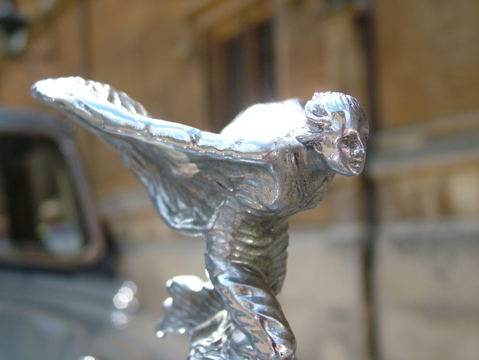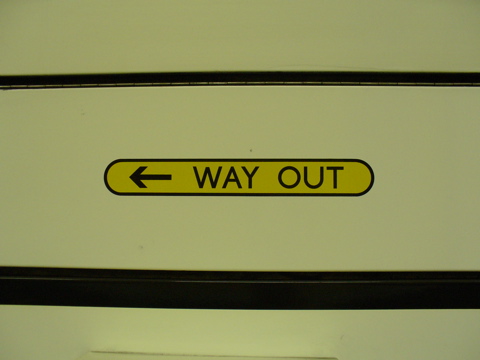The spirit of grief
I’ve finally gotten around to adding Montagu of Beaulieu (pronounced ‘Bewley’, apparently) to my irregular series of biographies of airpower propagandists. He’s an important, but somewhat neglected figure, some of whose papers I’ve examined (those held at King’s College London). He helped found the Air League of the British Empire in 1909, and devised the […]





